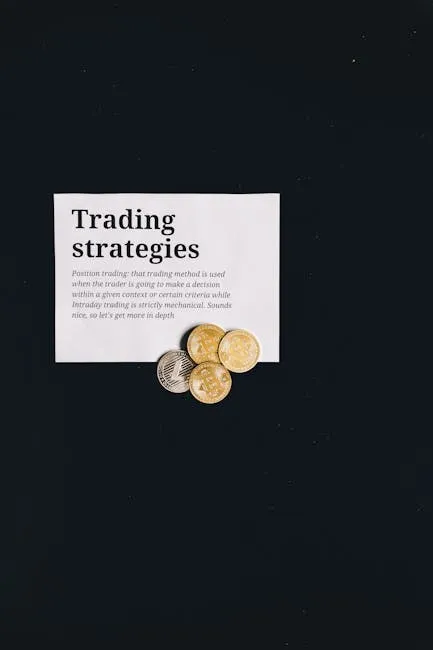
The Rise of Perpetual Futures: A Game Changer in Trading Strategies
The trading landscape is continuously evolving, and one of the most significant advancements in recent times is the emergence of perpetual futures. These innovative financial instruments are reshaping how traders, banks, hedge funds, and asset managers approach both hedging and speculative strategies. As we dive deeper into the world of perpetual futures, it becomes evident that regulatory bodies and clients play a crucial role in their widespread adoption.
Understanding Perpetual Futures
Perpetual futures are unique derivatives that allow traders to speculate on the price of an asset without an expiration date. Unlike traditional futures contracts, which have set expiration dates, perpetual futures enable traders to maintain their positions indefinitely, provided they can meet the necessary margin requirements. This flexibility offers a dynamic approach to trading, catering to both short-term and long-term strategies.
The Advantages of Perpetual Futures
- Continuous Trading Opportunities: With no expiration date, traders can take advantage of market fluctuations at any time, enhancing their potential for profit.
- Effective Hedging: Perpetual futures serve as an excellent tool for hedging against price volatility, allowing asset managers to mitigate risks associated with their portfolios.
- Speculative Strategies: For those looking to capitalize on market trends, perpetual futures provide an ideal platform for speculative trading, as they can be utilized to bet on price movements without the constraints of traditional contracts.
The Role of Regulators and Clients
To fully harness the potential of perpetual futures, there needs to be a concerted effort from regulators and clients alike. Regulatory frameworks must evolve to accommodate these financial instruments while ensuring that they are used responsibly. This includes establishing guidelines that promote transparency and minimize the risks associated with leveraged trading.
Clients, including banks, hedge funds, and asset managers, must recognize the strategic advantages that perpetual futures can offer. By integrating these instruments into their trading practices, they can enhance their portfolio management and risk mitigation strategies. The shift towards adopting perpetual futures not only reflects a broader acceptance of innovative trading methods but also signifies a transformative approach to market dynamics.
Conclusion
The trading revolution marked by perpetual futures is just beginning. As these instruments gain traction, they have the potential to redefine market strategies and risk management processes. For regulators, the challenge lies in creating a balanced framework that encourages innovation while safeguarding participants in the financial ecosystem. For clients, embracing perpetual futures could lead to more robust trading strategies, ultimately positioning them at the forefront of the evolving financial landscape. The future of trading is here, and it’s time to seize the opportunities that perpetual futures present.



